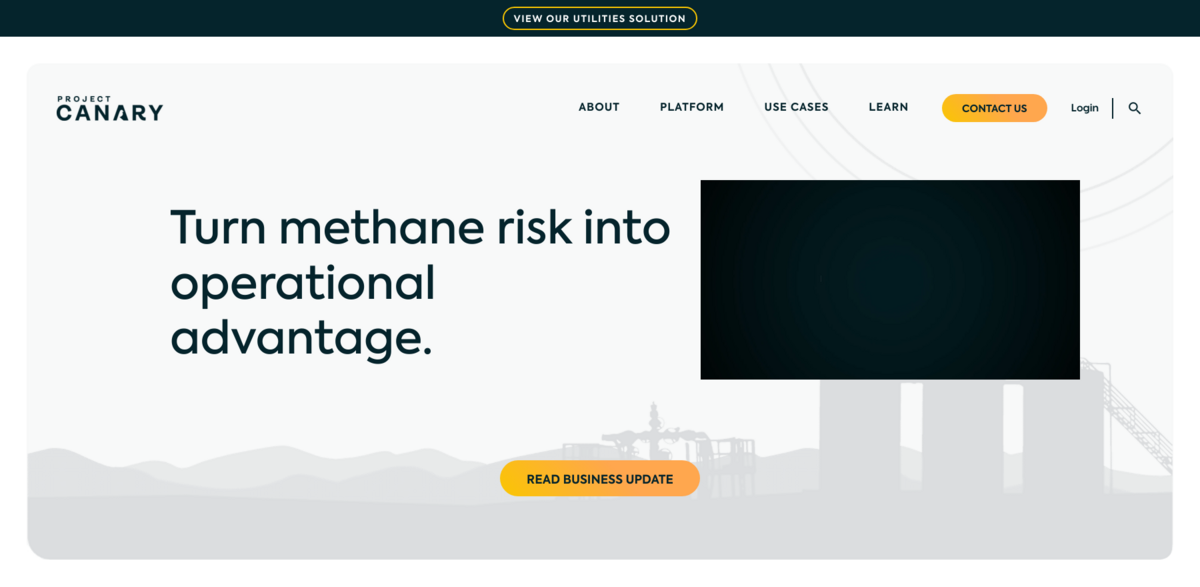What is Project Canary?
Project Canary is the leader in transforming complex data into actionable, reportable insights. They empower over 60 energy companies to take control of their emissions risk with data solutions tailored to fit their goals and budgets. Since day one, their mission has been clear: help energy companies harness measurement data to reduce emissions. Over five years and billions of data points later, Project Canary understands there’s no one-size-fits-all solution to measuring emissions. It often takes multiple tools—from OGI and continuous monitoring to flyovers and satellites—to get the full picture. Their platform turns these disconnected, complex data sources into clear, actionable insights, making it simple and cost-effective for customers to manage emissions risk and meet new reporting requirements.
Main Benefits of Project Canary
Here’s what makes Project Canary stand out:
- Supports 60+ energy companies with tailored emissions risk data solutions
- Integrates data from SCADA systems to satellites for comprehensive monitoring
- Trusted site-level data helps operators prioritize fixes and protect margins
- Handles more regulatory, operational, and measurement data than any other platform
- Proprietary analytics outperform competitors by 7x in leak detection and quantification
- Automated Subpart W reporting with direct EPA .XML file submission
- Streamlined LDAR activities feeding into regulatory reporting for auditability
- Cost-effective deployment of measurement technology at scale
Turning Methane Risk into Operational Advantage
Methane emissions aren’t just a reporting headache—they’re a real operations challenge. Methane plumes signal product loss, downtime, and risk. Project Canary delivers trusted, site-level data operators need to know what to fix first. Their platform integrates diverse measurement technologies into one clear system of record, turning complexity into confident action. This means cutting operational expenses, preventing downtime, and protecting the license to operate. It’s about turning methane risk into an operational advantage that safeguards margins and builds resilience.
All Your Data in One Place
Say goodbye to data chaos. Project Canary handles more regulatory, operational, and measurement data than any other platform, simplifying analysis and reporting. Their proprietary approach maximizes measurement ROI by helping companies deploy cost-effective measurement technology at scale. Plus, they offer total flexibility—being the only platform actively integrated with seven other measurement technologies. This means energy companies can trust that all their emissions data is consolidated, accurate, and ready to use.
Tailored Analytics for Real Impact
Every company’s emissions objectives are different, and Project Canary gets that. Their tailored analytics provide granular, site-level risk data that supports effective LDAR deployment and 2025 Subpart W reporting. Their leak detection and quantification analytics outperform competitors by a factor of seven, delivering defensible data that pinpoints when emissions start and stop—and even identifies root causes. This level of insight helps companies build measurement-informed inventories and reconcile estimates with actual measurements for initiatives like OGMP 2.0 and GTI Veritas.
Project Canary’s Impact on Sustainable Development Goals (SDGs)
- SDG 7: Affordable and Clean Energy
- SDG 9: Industry, Innovation, and Infrastructure
- SDG 12: Responsible Consumption and Production
- SDG 13: Climate Action
- SDG 15: Life on Land
Case Study: Optimizing Emissions Monitoring
One operator had existing emissions monitoring technology deployed around its assets, but the deployment was driven mostly by cost per Mcfe rather than risk. With two types of measurement already in place, they needed to optimize resource allocation to reduce emissions risk exposure. Project Canary stepped in with a thorough risk analysis, prioritizing deployment on the highest-risk assets—especially those likely to be super emitters. The operator shifted from LOE-based decision-making to a risk-based approach, eliminating satellite use and adjusting flyover frequency. Lease operators were trained to use the data effectively, streamlining operations. The result? A 0% ROI on measurement tech by identifying high-risk sites, faster field team response to leaks, and a significant reduction in projected Waste Emissions Charge exposure. Monitoring costs increased by less than one penny per MCFE but were offset over five times by lower projected WEC exposure. This case perfectly illustrates how Project Canary’s data-driven approach turns emissions monitoring into a strategic advantage.





















